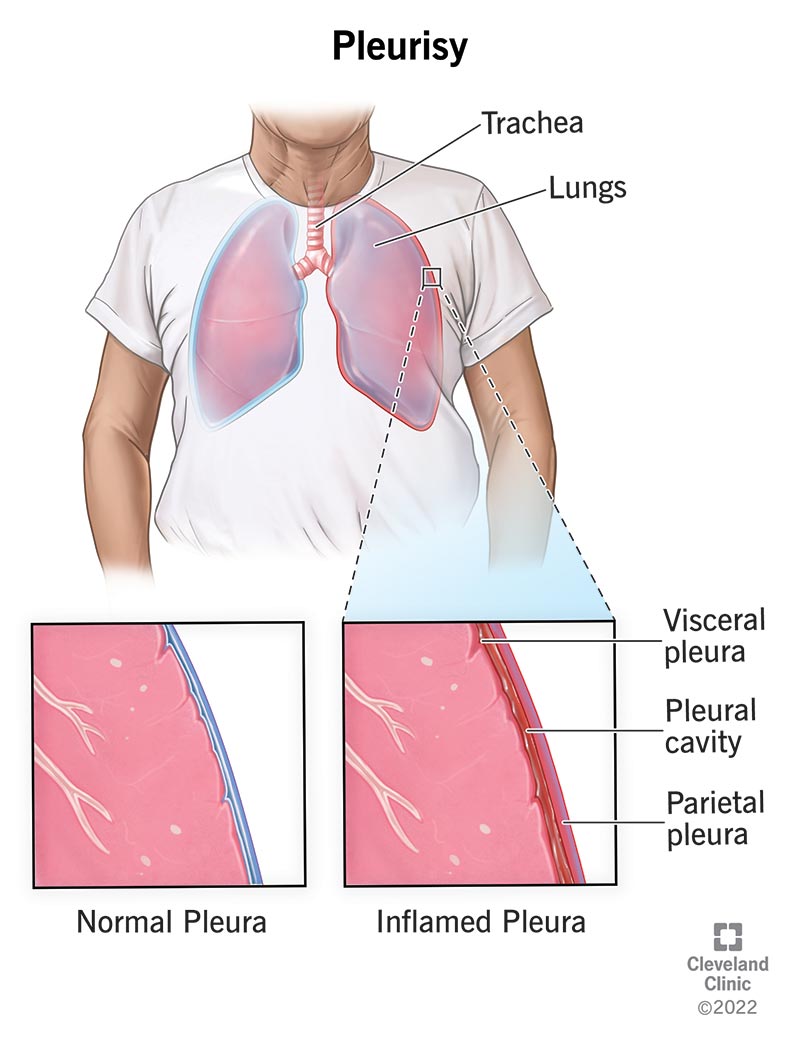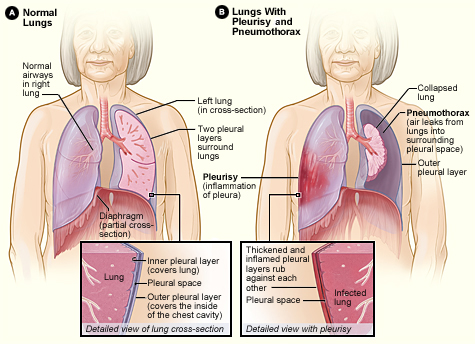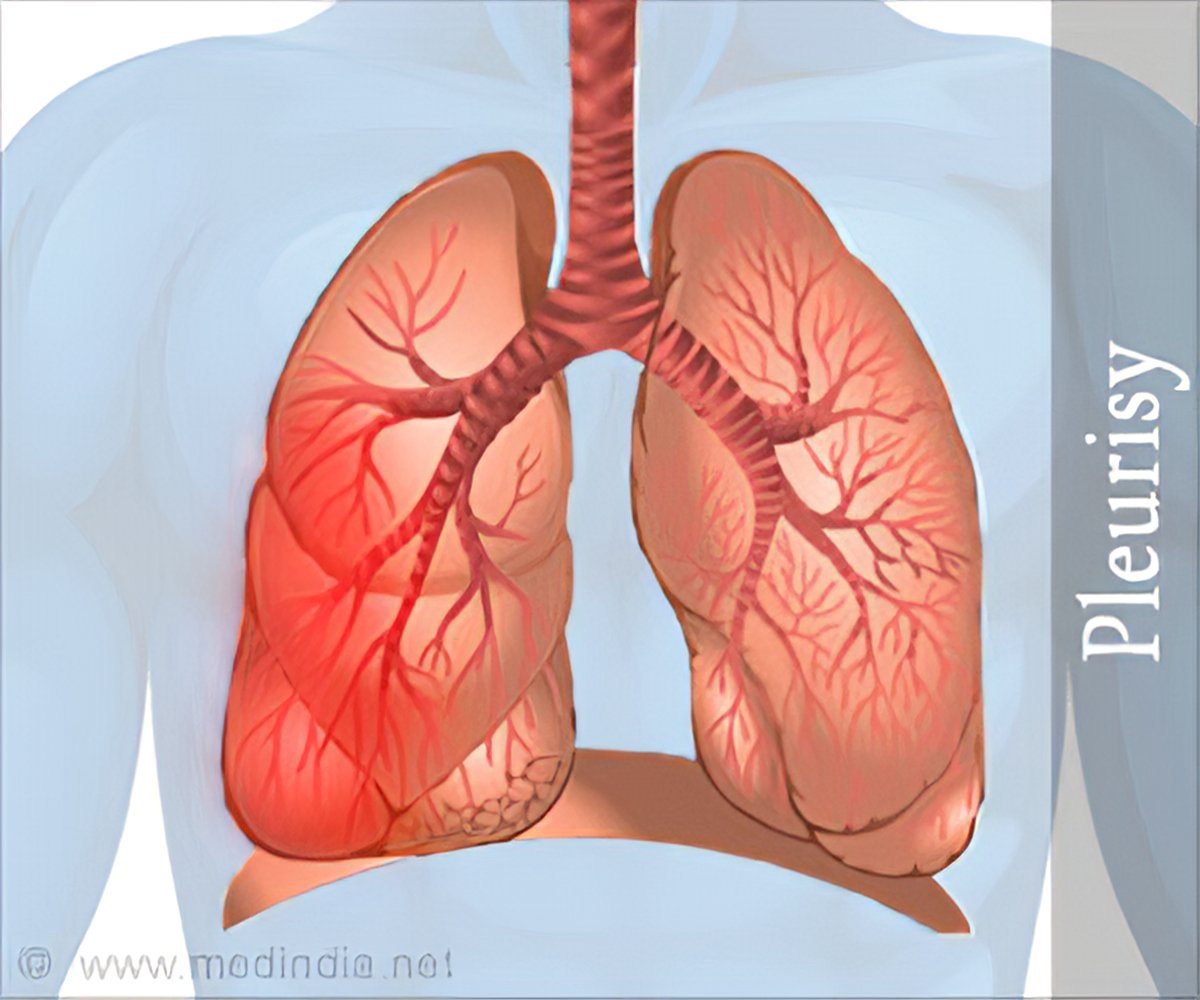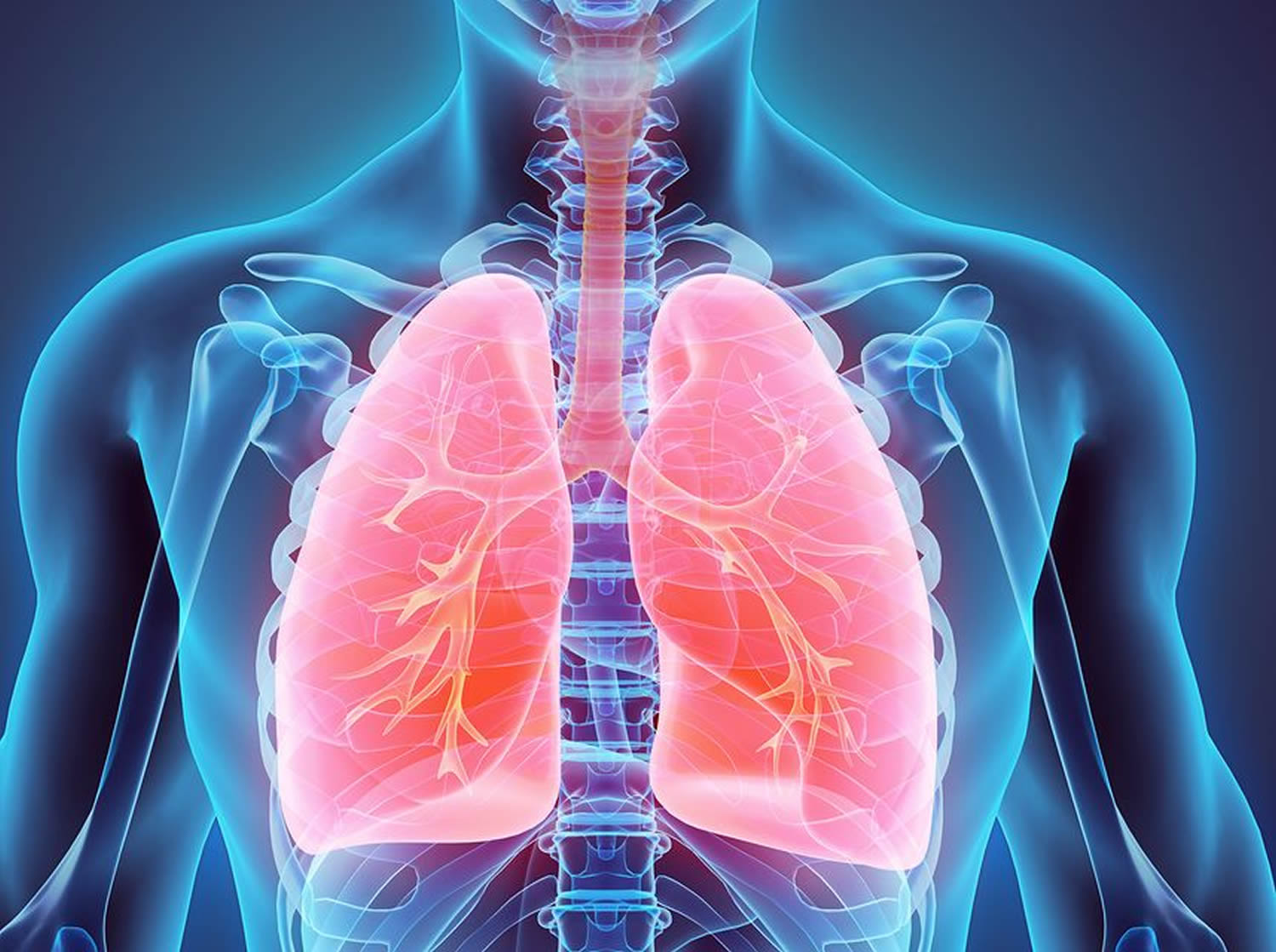First Class Tips About How To Detect Pleurisy
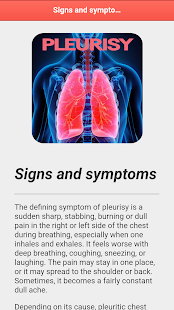
Signs and symptoms of pleurisy includes:
How to detect pleurisy. Doctors diagnose this condition by listening for a characteristic “friction rub” with a. If your doctor hears this sound, then he/she will know that you have pleurisy. Diagnosing pleurisy and pleural effusion.
This method detects any unusual sounds in the lungs. Oftentimes, pleurisy's distinctive pain when inhaling is an important clue to your doctor. Sometimes, pleurisy occurs with no identifiable cause, which seems to be the problem in your case.
A person with pleurisy may have inflamed layers of the pleura. A diagnosis of pleurisy or pleural effusion begins with a discussion of your symptoms and a physical exam. Aspiration of pleural fluid for further diagnostic or therapeutic.
The doctor will also listen to your heart's rate and rhythm. In addition, your doctor will listen to your chest with a stethoscope as you. A doctor uses a stethoscope to listen to the breathing.
Sharp and stabbing pain in the chest area, often in the lower part. Shortness of breath — because you are trying to minimize breathing in and. Deep inhalation, sneezing, or coughing causes the two layers of the pleura to rub.
If you have pleurisy, a rough sound will be heard known as the pleural friction rub. To detect pleurisy, the doctor will first ask for a medical history and perform a physical examination, including examining your chest using a stethoscope. We conclude that chest sonography is a sensitive and cost effective imaging method for the diagnosis of pleuritis.
